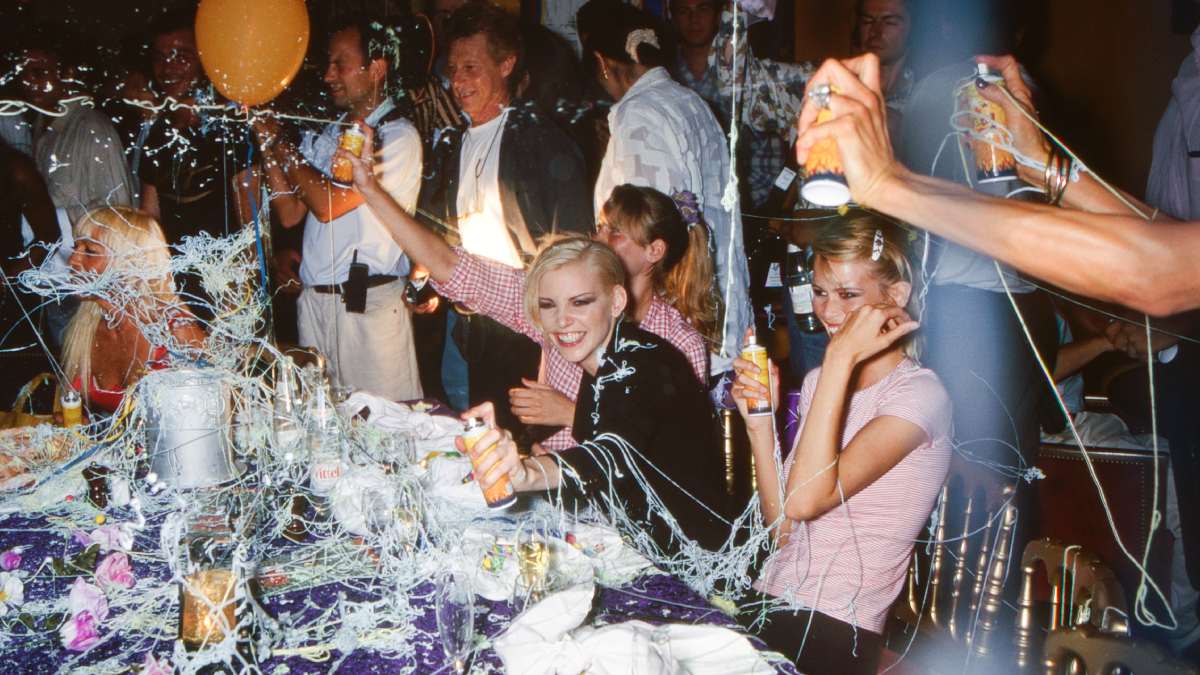Click here to read the Spanish version.
Just when we thought we had lost sight of mullet-cut hairstyles and bell-bottoms – less was lost in the war – the younger generations take it upon themselves to take us by surprise. T-shirts with Jurassic Park logos and pictures of the Backstreet Boys are everywhere, reminding us of those Fridays at the video store and school playbacks. Those were the days of tazos competitions, four-wheeled roller skates and Tamagochis graveyards. The nights of family series, which premiered episodes from week to week and whose schedule was consulted in the teletext. We still recorded movies on VHS and listened to music on the discman; we played Nintendo, then Play; there were computer diskettes and we changed the Windows screensaver assiduously. We did all that, and three decades later, the 90’s are back in fashion, because memory is selective and nostalgia prevails over fear.
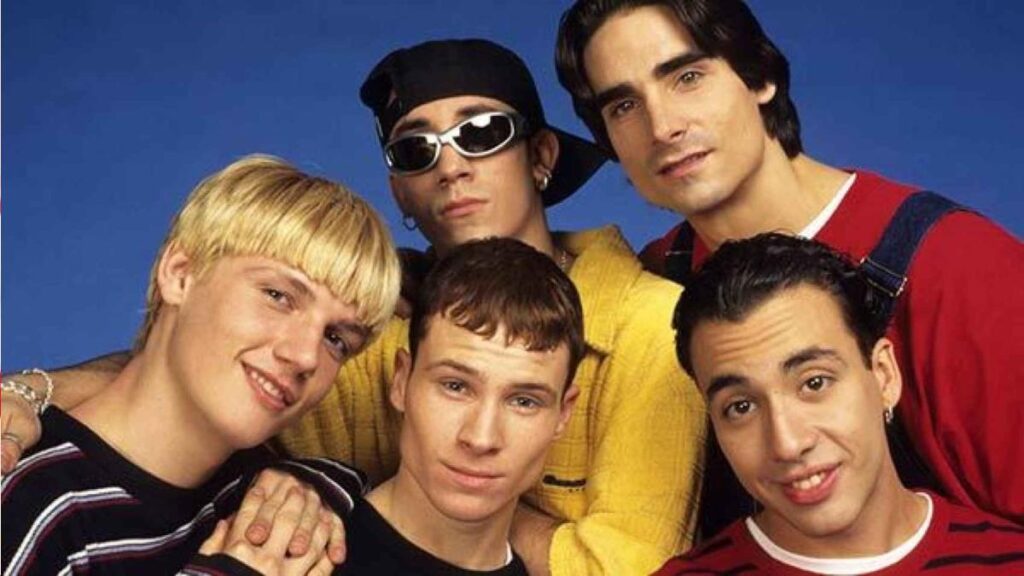
Let’s go with the gastronomic melancholy. This is not a report on old-fashioned food: neither shrimp cocktails nor deviled eggs will monopolize the text, among other things, because whiskey cake is more typical of the 80s. Rather, it is a compendium of bizarre stories, about what once seemed appropriate, but to which we have opened our eyes.
Like the covers of class work in Comic Sans font. There is also a timely review of what should not be forgotten, because the 90s have significant milestones, among them Tarantino, Oasis, Garth Ennis comics or bologna sandwiches. See also the fried-egg combo platters. We are told by those who have lived the most tacky decade from heterogeneous ages, cities and points of view. Survivors of techno music and Ferrero Rocher ads.
HORTRADS (what is better lost)
This is Mariola Cubells, an all-round journalist in the cultural field, who declares herself “a posh girl, with plenty of delicacies to eat”. She spent the hairy decade that occupies us dodging buffets and weddings, among other showbiz shindigs. He says he found them “tacky,” and perhaps that is the key to understanding the idiosyncrasies of this period. Because it is very tacky to stop at a roadside buffet, or to eat with an open bar, but at the same time it is a lot of fun. The American hot dog eating contests inspired those restaurants with pantagruelous dishes -in Valencia, Brutus offered a 400-gram hamburger-, today relegated to bachelor parties and challenges for social networks. Something similar has happened with dinner shows: they still exist, but instead of María Jesús and her accordion there is a DJ and they are called Salvaje.
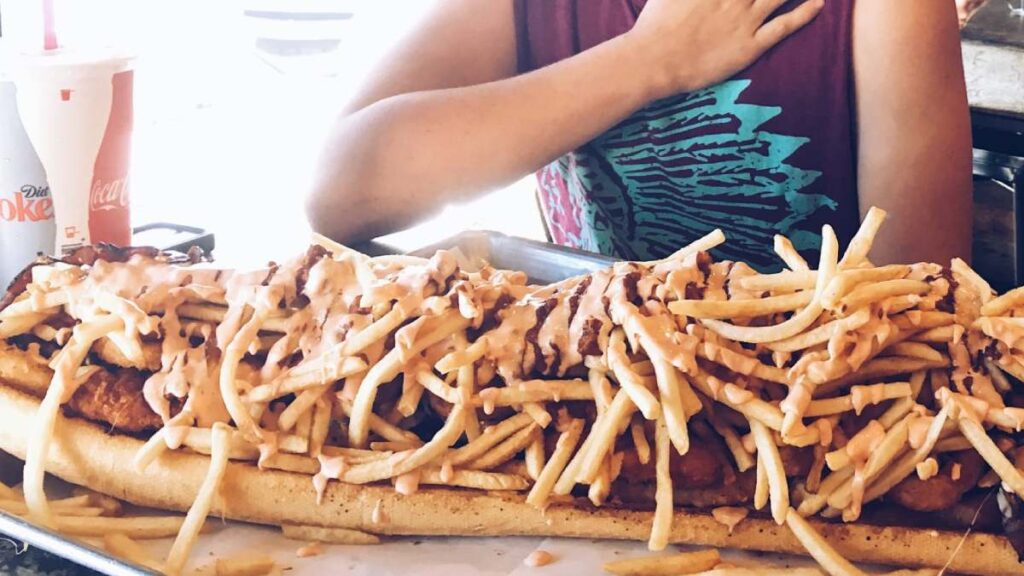
If instead of sacraments and big events we focus on dates and Friday night dinners, it becomes obligatory to talk about international cuisines. During the 1990s, preparing Mexican fajitas with Old El Paso tortillas was a cosmopolitan practice, let alone visiting a Chinese restaurant. Editor and graphic designer MacDiego recalls his first foray into a genuine joint, beyond the tres delicias rice and spring rolls. “It was a Chinese for Chinese, new to the city and new to me, all with its something dirty. No vases or dragons or animated waterfalls,” he says, without a hint of criticism. He recalls tasting for the first time authentic dishes such as duck tongues, soup with purple algae, sweet potato noodles, chicken with chili peppers, Peking duck and century-old eggs. Only the latter, “somewhat rancid,” landed him in the hospital.
All the prejudices that existed in the 1990s about the cleanliness of Asians were overlooked by the American people and their hegemonic fast food -much cleaner, by the way-. Celebrating a child’s birthday at Burger King was cool parenting, just like eating McDonald’s Happy Meal. We surrendered so much to imperialism that we created our own chains and swapped ham for Pans & Company bacon. Delivery then took its first steps, opening sides between the devotees of Pizza Hut’s edges and those of Telepizza’s dough. It was a golden age for frozen lasagnas and other supermarket preparations, such as sachet soups and powdered soft drinks. It’s hard to believe that our mothers – because yes, that was them then – stuffed us with Phoskitos and allowed us to drink Tang.
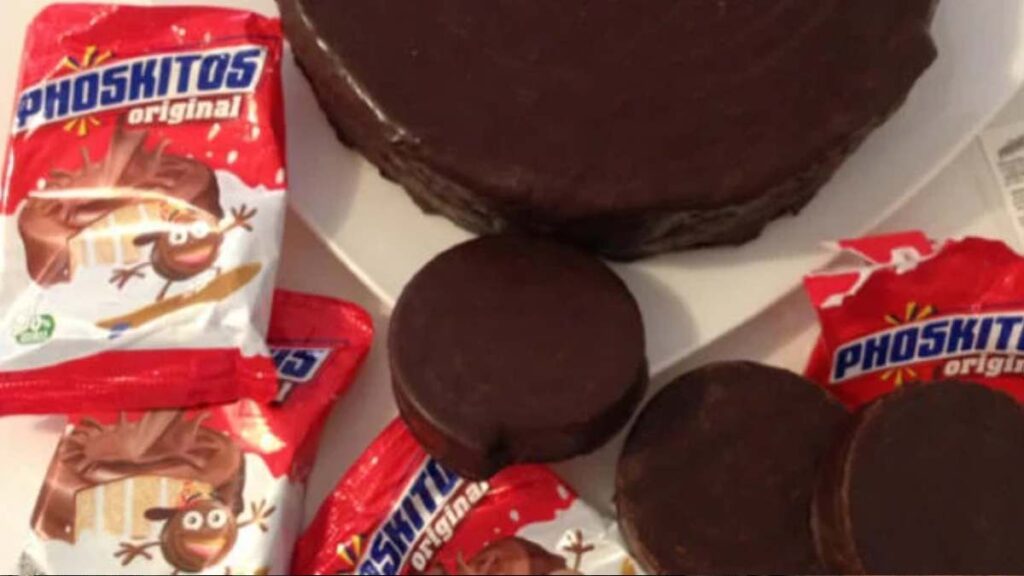
NOSTALGIAS (what is sad to lose)
“I like to think that children born in the 80s have trained our stomach in a kind of gastronomic mili. The one in which snacks were a competition to know who had the worst, which for us children was the best,” recalls Marta Hortelano, journalist for Las Provincias and emotional champion in the matter, since she was raised in the home of spoiled grandparents. “Radioactive combinations passed through my bread, starting with the three-colored butter (white, pink and brown), which, in addition to being very bad, took on a dubious tone when you mixed it into the sandwich. Three colors too, but almost fluorine, was that pseudo green, fuchsia and orange quince bar, for which I ended up begging in the store,” he recalls. The foolishness passed on account of a Smurf-flavored ice cream binge, followed by a bad digestion.
The story is impregnated with nostalgia, as it speaks of shared lunches and psychedelic snacks, like those that the photographer Jorge Alvariño saw in his scouting days. He alludes to Mickey Mouse or Popeye bologna, but also to worse tropes. “On the first day of camp, we would take prepared food from home. My mother made hamburgers with Russian steak that were wonderful, but other children were not so lucky,” he recalls, to then list the sandwiches of Bimbo bread without toast, the dubious mixtures of pate with Nocilla or sardines between sobados pasiegos. “I fondly remember the contest of swallowing Frankfurt sausages, one after the other, without chewing, straight from the package. Or when we discovered that Frenadol tasted better if you dipped muffins in it,” he adds. It’s a miracle he made it to adulthood.
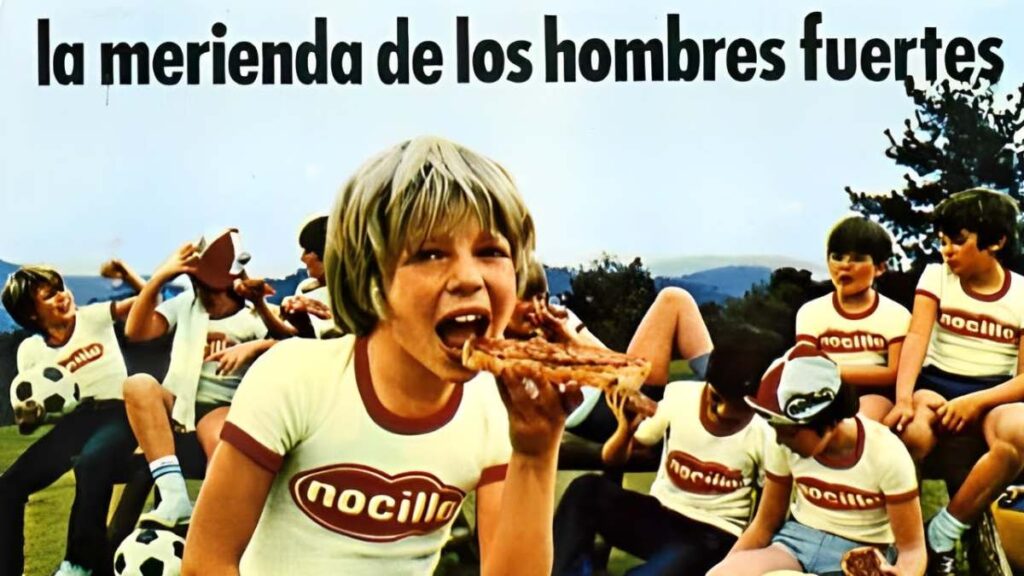
The charm of these anecdotes about food in the 90s has a lot to do with the imaginary of advertising, eminently television. We still hum the jingles of some brands -except for Cola-Cao’s ‘that little black guy’- and we remember Chester as the mascot for Cheetos. Sergio Fernández, director of the music platform Redacción Atómica, praises those spots that marked all millennial children, “as they hybridized genres with tremendous ease, using animation within real image, and achieving a fairly high quality for the time”. He also alludes to the code of belonging they generated. Just think of the Christmas viewing of the Freixenet ad, where millions of dollars were invested in dystopian couples such as Inés Sastre and Christopher Reeve or Don Johnson and Norma Duval.
DIGESTIONS (what is no longer what it used to be)
Ana Vega Pérez de Alurcea, the greatest popularizer of old food, says that between the 60s and the 90s, postcards were unexpected flyers of local recipes. If you were in Segovia, a culinary still life with a suckling pig in the center illustrated the letter to your loved ones. Didactic work, some would say, like those restaurant menus with photographs of combined dishes, which reduced the margin of error. While Ferran Adrià was sphericizing, traditional food continued to do its thing, crowning all kinds of dishes with a fried egg. What’s more, those unfamiliar with haute cuisine always had the same criticism to point out: the scarcity of portions and tasting menus, something that for culinary writer Lakshmi Aguirre is a mythological animal.
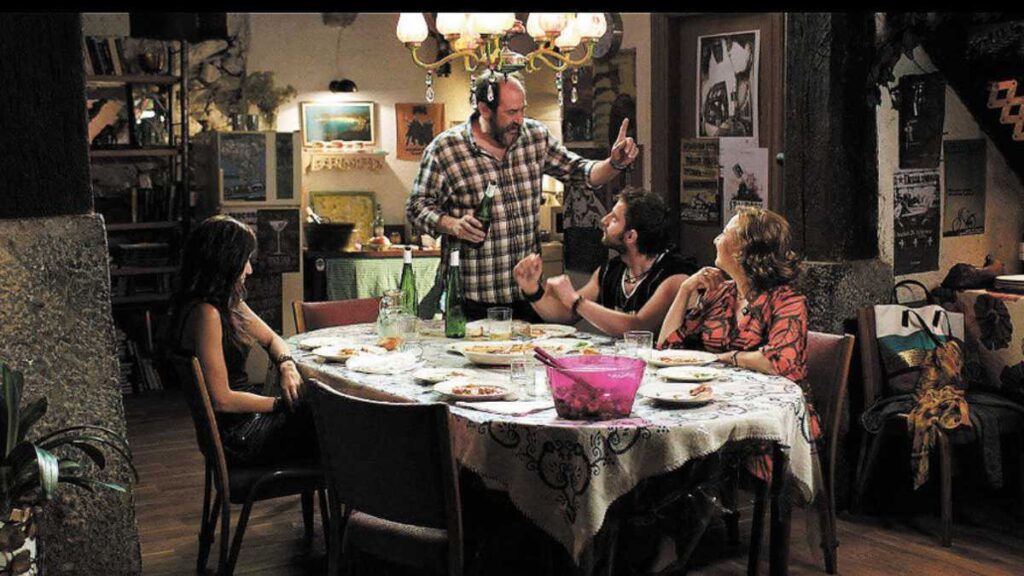
“Let’s see, I’m from Euskadi, and here in Euskadi nothing is left on the plate. Leftovers are cowardly, and even more so in the 90s”, he starts. It may seem an exaggeration that scene from Ocho apellidos vascos in which Karra Elejalde is still eating beans at the Bedua steakhouse, but reality always surpasses fiction. “At the table of more than one gastronomic society -the only day they let us women in, another bizarre thing-, I have seen homemade croquettes in abundance, stewed with their sacraments, before several hake and grilled monkfish, followed by cod in pilpil and beef txuletones a piece apiece per head. For dessert, bread with sheep’s cheese and quince jelly, just in case,” he says of his youth. And it’s not a parody at all: the digestions of yesteryear were not much of a joke.
Three decades have passed, and it turns out we’ve become healthier. We are on ketogenic diets and we are integrating products from all over the world into our recipes, from quinoa to yuzu. There are those who are very plant based, and on the contrary, very much back to the spoon. When it comes down to it, we are surrounded by wine bars, which we call wine bars, and specialty coffee shops, less and less different. We have lost the love for snacking, at least for sandwiches, because we have restaurants with non-stop hours. Sustainability, single-product, recovery of the neighborhood… We could go on and this story will be no better or worse than that of the 90s, a decade we all stumbled out of. Soon, someone will be nostalgic for smoothies.
Liquid memory
If the plate has changed, let alone the glass. Thirty years is a long time in the world of distilled spirits, which in the 1990s was going through a rather dark period. This is Ferran Salas, expert drinker of ‘Guía Hedonista’, who fondly remembers his first incursions into the nocturnal delirium. “From cocktails to shots, mixology played on exoticism and, above all, on replicating fashions from the movies. If you felt like Tom Cruise in Cocktail, you pulled the classic screwdriver,” he recalls.
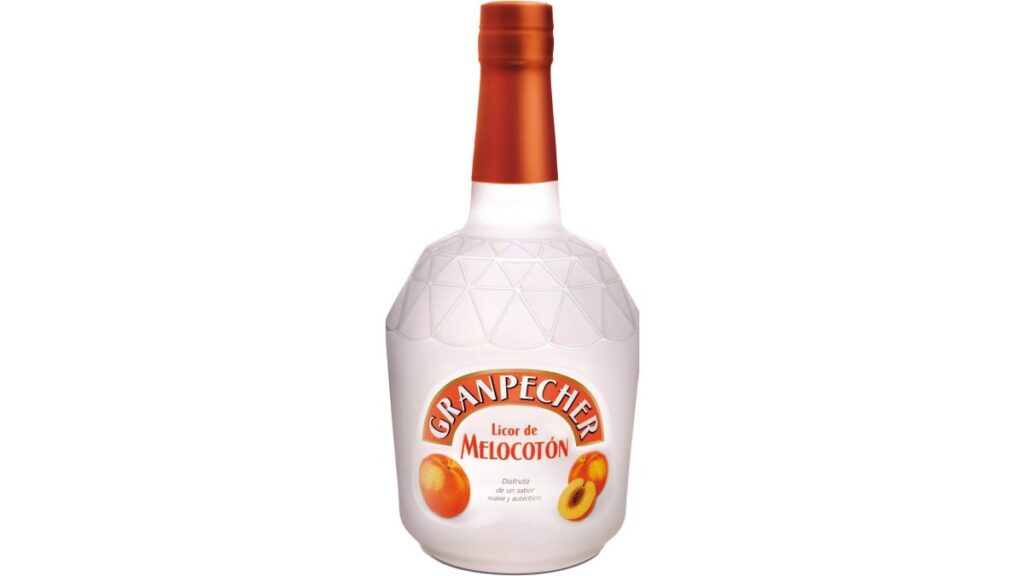
As for the cubatas -because back then they were called cubatas-, they used to start with sweet mixtures: Malibu with coconut, Licor 43 with pineapple, Gran Pecher a palo seco…. Our reporter refers to two other models that have disappeared or survive in the most absolute decadence: “Tiki cocktail bars, then the pinnacle of sophistication, and the chupiterias, to start the night with traffic lights, orgasms, green cows, vampires and other clarinets that marked a whole generation”. A generation that, even today, is still stunned by those punches to the liver.

